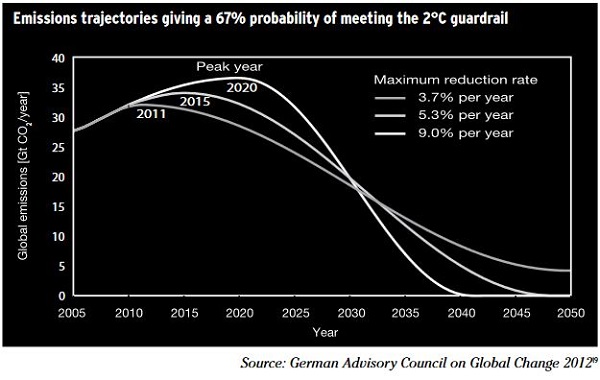 Christopher Pyne said he was expecting a warm reception from education ministers yesterday. Seems it was heated to the point of being downright explosive. According to The World Today, Tasmanian Education Minister, the Greens Nick McKim, says Mr Pyne had thrown a stick of dynamite into the discussions.
Christopher Pyne said he was expecting a warm reception from education ministers yesterday. Seems it was heated to the point of being downright explosive. According to The World Today, Tasmanian Education Minister, the Greens Nick McKim, says Mr Pyne had thrown a stick of dynamite into the discussions.
(Image via SMH.)
He also spoke of a “bombshell revelation that will rock the public education system to the core”.
Other ministers were similarly unimpressed. According to the AFR:
“All in all ministers are very disappointed,” Coalition NSW Education Minister Adrian Piccoli, who chaired the ministerial meeting, said.
McKim again:
“Here’s a unity ticket for you right here – a Labor minister, a Greens minister, National ministers, Liberal Party ministers, sticking up and unified behind Australian schools and behind funding certainty for Australian schools”
Pyne said “no-one should assume they will get less money”. Seems the government school sectors in the states that signed up to Gonski deals with Labor are expecting exactly that. Pyne seems to be strongly implying that if extra funds are needed for the states that didn’t sign up or for other aspects of his new scheme then it will come from the government school sectors of those states that did sign up.
Adrian Piccoli, the NSW minister, points out that this means that everything that is done in schools in 2014 will have to be done on the assumption that it may not flow through to 2015. McKim says we have “Christopher’s Crisis” rather than a “Shorten Shambles”.
Barrie Cassidy says that the Government assumed that it has a store of goodwill. He warns that it doesn’t.
Geoff Kitney in the AFR asks What is going on with the Abbott government? Continue reading Christopher’s Crisis



 These posts are intended to share information and ideas about climate change and hence act as a roundtable. Again, I do not want to spend time in comments rehashing whether human activity causes climate change.
These posts are intended to share information and ideas about climate change and hence act as a roundtable. Again, I do not want to spend time in comments rehashing whether human activity causes climate change.

 My attention was drawn to a series of articles under the heading The Meltdown by Peter Hartcher by Mark and then
My attention was drawn to a series of articles under the heading The Meltdown by Peter Hartcher by Mark and then  Last month the Climate Change Authority published a Draft Report of its
Last month the Climate Change Authority published a Draft Report of its 
 Over the last few days we’ve received a stream of information and images about cyclone* Haiyan which devastated central Philippines, especially the city of Tacloban. Zoe Daniels compiled
Over the last few days we’ve received a stream of information and images about cyclone* Haiyan which devastated central Philippines, especially the city of Tacloban. Zoe Daniels compiled 